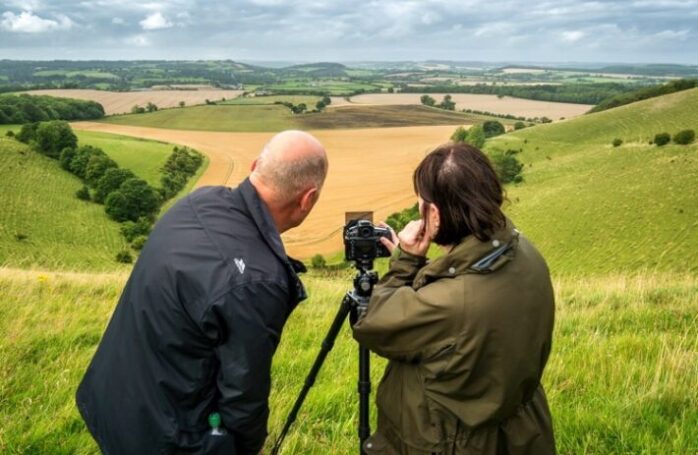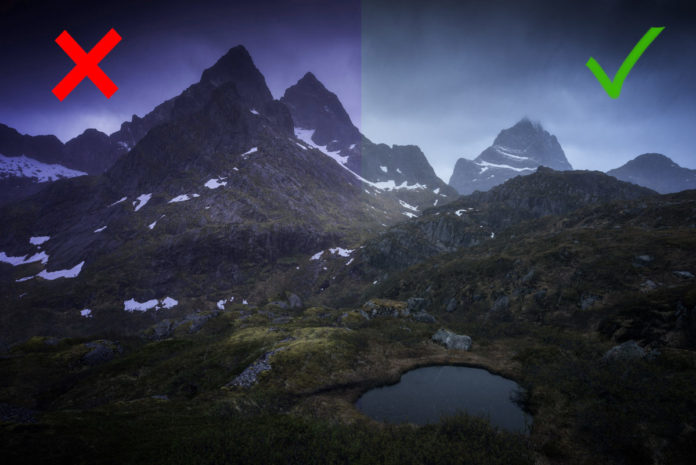
The landscape is an artistic representation of an area in nature. Nature and its beauties are the inspiration of artists from all branches of art. The same goes for photographers.
Landscape Photography
Landscape photography is about nature, with anything that has to do with it, its beauty and its disadvantages. It is an artistic way of photographing nature motives. Most often these are the areas of nature that have some specificity. Landscape photography motives can be different: a hill, mountain, river, lake, sea, tree, forest and many others. In doing so, many natural circumstances give a particular area of nature a special charm. It can be a sunrise or a sunset, wind, fog, rain, the snow that can create a fantastic scene.
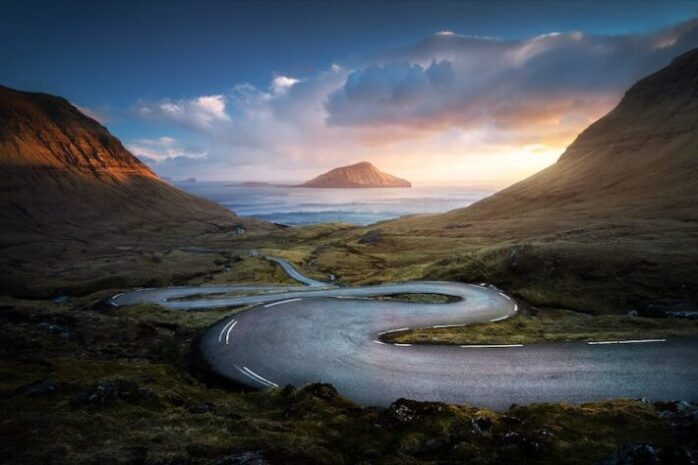
Catching the Moment
When we talk about photographing landscapes, we are talking about the true art of artistic expression. It is nature who sculpts, and we are those who recognize the moment when nature is on its rise. We realize and embody nature’s artwork. It is a moment of waiting and recognizing the right time. The moment we recognize it – we have to resort to some technical tricks to immortalize and present that moment, “in its best light.”
Why Is Good Composition Important for Good Photography?
The composition is a very important element when photographing. Ordinary footage shows the world what your camera sees, but a carefully composed photo shows the world what you saw and felt. Although composition can be complex, several basic strategies arise when photographing nature.
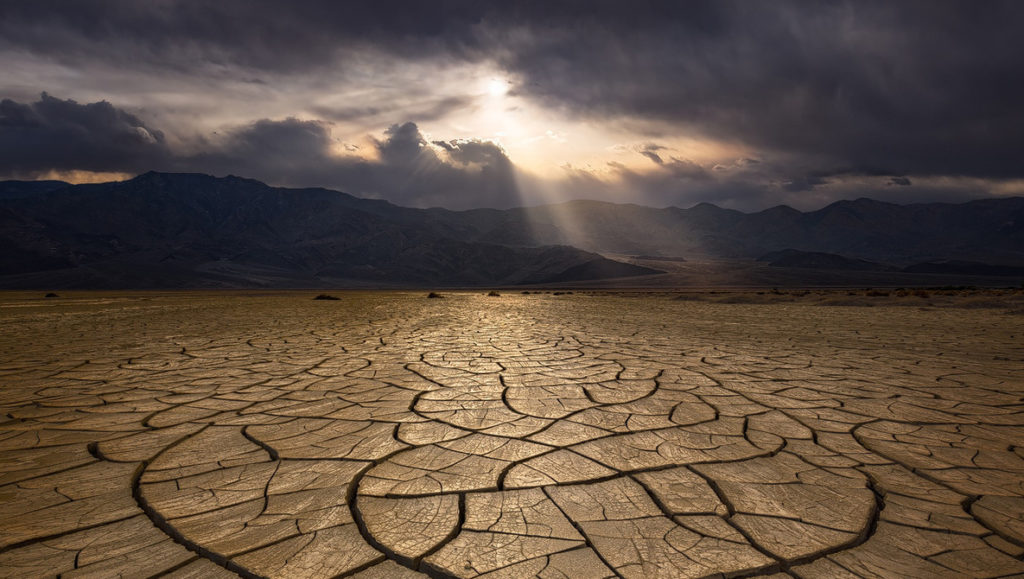
Purpose of Landscape Photography
The purpose of the natural scenery is to evoke the beauty of nature, which possesses harmony and proportion. Painting and photography pursued a similar goal, but still had different tools and opportunities to achieve it. The painter could always more easily conjure up a certain atmosphere, change the lighting or alter the landscape himself – for the sake of expressing a certain emotion. For a photographer to capture a particular scenery in his own conceit – he must rise at dawn, then walk or hike for several hours, and hope for the right weather. It is precisely the variability of these factors that makes landscape photography challenging, and this list of tips can help novice photographers better realize their original idea, and showcase the beauty of nature scenes, where this beauty can compare to the experience of the sublime.
1. Choose The Perfect Time To Take Photos
There is rarely any type of photo that looks good in the middle of the day when the sun is at its zenith, and the reason for this is that due to the harsh light, there is no good contrast between the shadows and the illuminated surface. During the day, it is only possible to take portraits and street photography under the shelter of tall buildings or semi-enclosed rooms. When it comes to landscape photography, the ideal time is in the morning directly after sunrise, and in the evening – the so-called golden hour one hour before sunset, and blue hour – just after sunset. However, cloudy days should not be neglected either, because then the landscape can get dramatic. You can always see how Chris Gin and some other professionals achieve on this. However, Sun and a nice day are not the only measures of the success of a photograph. Clouds and fog can create a threatening sense of awe when blended into a particular scene. And the advantage of taking pictures during variable times is that the sunlight is not too strong, the clouds block it and it becomes diffuse, and therefore can be taken at any time.
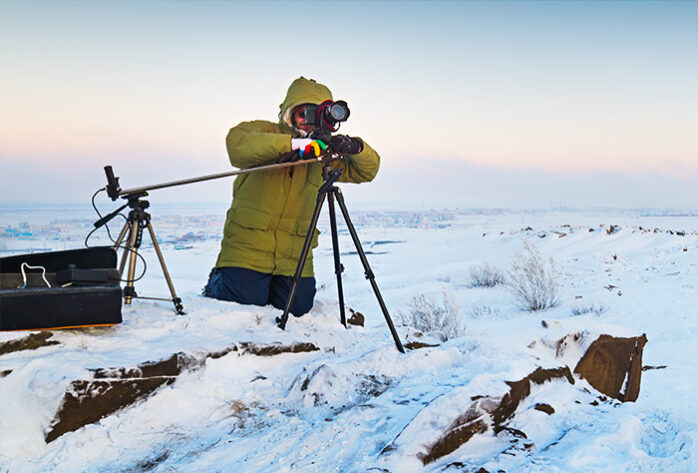
2. Increasing A Depth Of Field
Although there are individuals who can be more imaginative and experiment a little with a dept of the field – landscape photography requires the usual approach and methodology. That means to provide putting most of the scene in focus. The most straightforward approach to do this is to pick a small aperture and get more profundity in your shots. Do you know that smaller apertures mean less light for your camera sensor? This ought to be counterbalanced with either expanding the ISO value or broadening the exposure speed (or both). P.S. Obviously, there are times when you can get good outcomes with an exceptionally shallow DOF in a scene-setting.
3. Always Carry A Tripod With You
Photography is always a game with light – depending on how much light enters the sensor, we choose a certain shutter speed. The smaller it is, the greater the chance that the photo will be blurry, and for a cleaner image, the stability that only a tripod can provide is needed. When it comes to taking landscape photos, we often want to reduce the aperture to achieve great depth of field and have the entire scenery in focus. This automatically reduces the shutter speed because it reduces light penetration into the sensor, which is why the tripod is extremely useful and often necessary for landscape photography. When shooting early in the morning or late at night, we still handle very little light, so the camera needs stabilization. Without a tripod, it is also impossible to make longer exposures, e.g. if we are photographing the night sky, or if we are using ND filters to show the movement of water or waterfall.
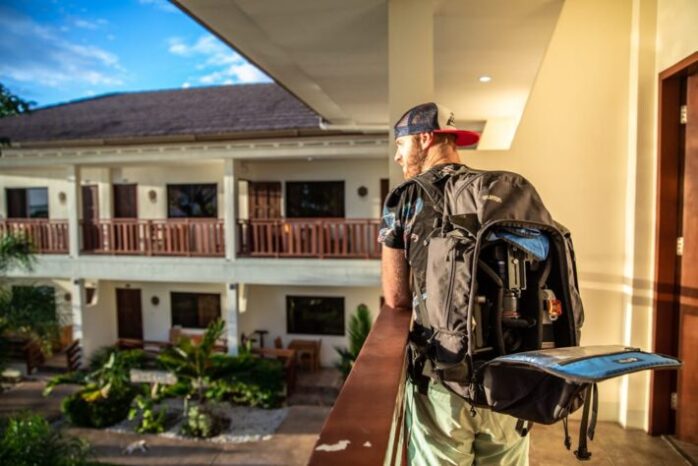
4. Pay Attention To The Composition
Every photographer should be familiar with the basics of composition and its techniques. The rule is – four lines divide a photo into 9 squares, where it is important to place the subject at some point of intersection. This method, like many others, actually seeks to get the subject out of the middle and create dynamics in the composition of the photo. The Fibonacci spiral is another tool that can be useful, but the ultimate goal is to create a sense of depth and dynamism. Still, photography is two-dimensional, and it tries to recreate three-dimensional space. Another technique is the rule of three plans. The foreground, middle and back plan gives the illusion of depth and testifies to the physical distance between each of them. Of course, one has to learn all these rules so that they can be broken innovatively.
5. Bonus Tip – Learn To Be Patient
And for one bonus tip, we’ll refer to the words of a cult landscape photographer, Ansel Adams, who said, “Landscape photography is the ultimate test for a photographer, but very often the ultimate disappointment.” You can often plan to get up early and hike to your desired location just to see the weather is not satisfactory, or you do not wake up on time at all. But that’s exactly the magic of landscape photography. It teaches us patience, and in a fragmented modern age, it gives us the ability to communicate with nature, to learn to show it in its original form and to be able to empathize with it.
